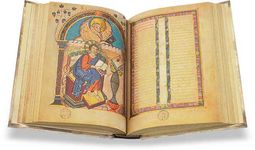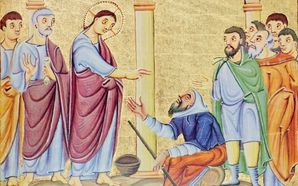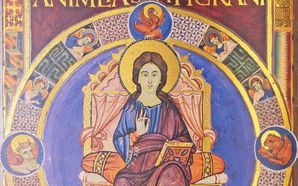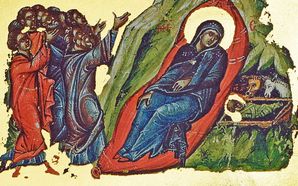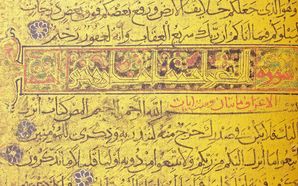The 9th Century in Europe: The Triumph of the Vikings and the Carolingian Renaissance
This is Part 5 of our Centuries series. In it, we will begin with the dynamism and innovations of the turbulent 9th century, then examine how the Byzantines slowly recovered from centuries of decline and learned how to contain the threat of Arab armies, before moving onto the Frankish Empire.
We will examine the Carolingian Renaissance and how the heirs of Charlemagne faced new threats to their inheritance, both external and internal.
Finally, we turn to Anglo-Saxon England, where Viking raids have turned into a full-blown invasion that pits Christianity against the Norse Gods.
Demonstration of a Sample Page
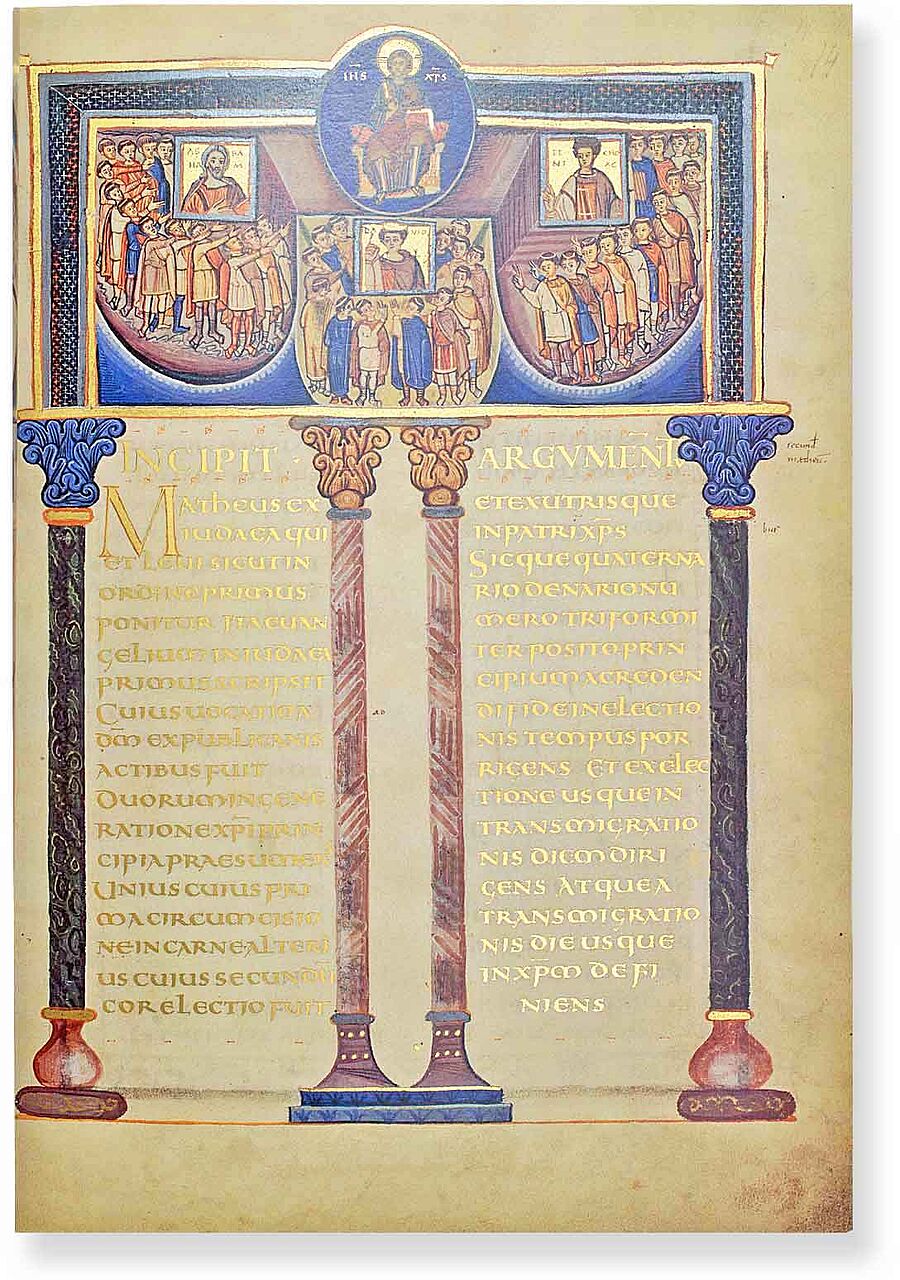
Lorsch Gospels
Incipit Page: Gospel of Matthew
The opening lines of the Gospel of Matthew are neatly written here in precious gold ink and framed within classical architecture. The colorful columns support a miniature depicting an abbreviated form of the genealogy of Jesus with an enthroned Christ surrounded by portraits of Abraham, David, and the rest of his bloodline.
Created at the behest of the Emperor Charlemagne, this page is the work of the finest masters in Western Europe in the early-9th century. The rich color palette is complimented by gold leaf, another indicator of its origins from an imperial commission. These classical forms are typical of Carolingian art, much of which was subtly political in nature and asserted the Franks’ claims to be inheritors of the Western Roman Emperors.

